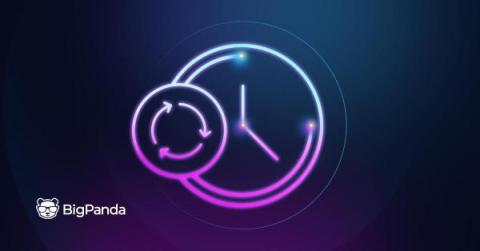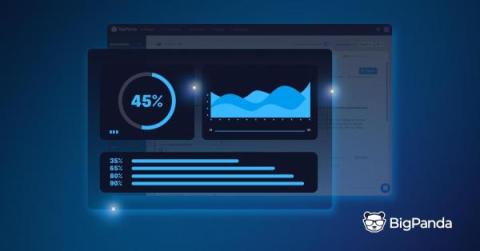What is Mean Time to Resolution - and why does it matter?
Mean Time to Resolution (MTTR) is a key performance indicator (KPI) that measures the average duration needed to restore normal operation for an application, service or piece of infrastructure component. Your MTTR directly impacts customer satisfaction, so you must have a keen understanding how it influences the reliability and availability of your services and applications to make informed decisions, enable operational efficiency, and ensure a seamless customer experience.










